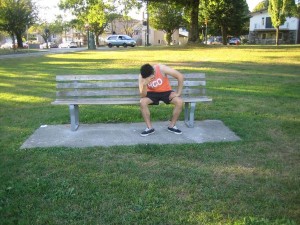The cause of electrical injury and shock typically include unintentional exposure to appliance or household wiring, cutting an electric cord, sticking foreign objects into an outlet, occupational accidents and faulty machinery.
An electrical injury to the internal organ or skin can occur by accidental exposure to an electrical current. Even though the external burn appears minor, severe or fatal internal damage has occurred, especially to the muscles, heart or brain. Remember that electrical injury can cause cardiac arrest, thermal burns and destruction of the muscle and nerves.

An electrical injury usually has an entry point and exit point which is the path where the electrical current passed through the body. Just remember though that even if the burned area appears minor, the extent of damage inside the body can be severe. With this in mind, thorough assessment by the doctor is required in order to prevent further damage or complications from developing.
Some cases involving electrical injury are usually taken to healthcare facilities with a small percentage of cases resulting to death. The age groups that are prone to electrical injury include children below 6 years old (toddlers) due to their inquisitive nature in exploring their surroundings and young adults (those who work in electrical and construction fields). Proper measures must be observed at home to prevent electrical injuries especially on young children such as covering unused outlets and making sure that wires are not exposed. Take note that electrical injury is one of the leading causes of occupational death in many developed countries worldwide.
Symptoms of electrical injury
An individual suspected of sustaining an electrical injury will experience the following symptoms:
- Skin burns
- Weakness
- Tingling or numbness
- Headache
- Muscle pain or contractions
- Bone fractures
- Seizures
- Hearing loss
- Cardiac arrest
- Erratic heart rhythms
- Respiratory failure
- Loss of consciousness
Whether the individual survives an electric shock will depend on the type of circuit (DC or AC current), level of amperage, level of voltage, manner in which the current entered the body, duration of exposure, overall health and the timing and availability of treatment. It is vital to seek immediate emergency assistance is such scenarios so that proper assessment of the injury is performed and start the appropriate treatment.
How to assist an individual with an electrical injury
You have to check if the individual is still in contact with the electric current. If still in contact, do not touch the individual and try to turn off the power source such as a breaker or circuit box. An individual in contact with an AC current (household current) might not be able to release the point of contact since the muscles contract strongly as response to the electricity.
Initially, you have to check the breathing rate and pulse of the individual. If the individual is unconscious, do not hesitate to call for emergency assistance right away.
